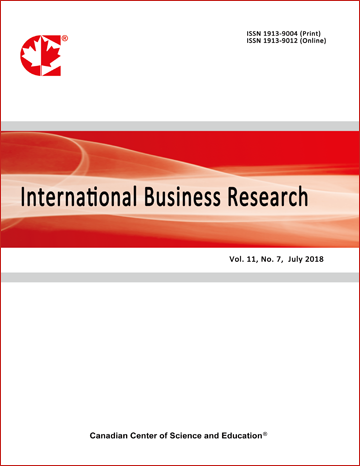Welfare and Distributional Impacts of Financial Liberalization in an Open Economy: Lessons from a Multi-Sectoral Dynamic CGE Model for Nepal
- Keshab Bhattarai
Abstract
By equalizing rates of return across sectors, financial liberalization improves efficiency and equalizes the distribution of income. Efficiency gained in the allocation of resources increases capital usage more in previously heavily repressed sectors such as agriculture and textile, allowing up to a 19 percent expansion in production and employment. The savings and investment responses, degree of factor substitutions, are higher in the complete liberalization than in partial or piecemeal liberalization. Income, consumption, utility and overall welfare of rural and urban households increase. Liberalization is not effective if savings are used in accumulations of unproductive assets i.e. gold, jewellery, urban land, and foreign exchange. Financial liberalization improves the distribution of income by raising the wage rate of rural labor than for urban labor as rural labour-intensive sectors invest more with increased access to financial institutions and demand more labor to complement additional capital employed in these sectors.
- Full Text:
 PDF
PDF
- DOI:10.5539/ibr.v10n1p181
Journal Metrics
h-index (August 2025): 114
i10-index (August 2025): 1059
h5-index (August 2025): N/A
h5-median(August 2025): N/A
( The data was calculated based on Google Scholar Citations. Click Here to Learn More. )
Index
- ACNP
- ANVUR (Italian National Agency for the Evaluation of Universities and Research Institutes)
- CNKI Scholar
- CrossRef
- EconBiz
- EconPapers
- Elektronische Zeitschriftenbibliothek (EZB)
- EuroPub Database
- Excellence in Research for Australia (ERA)
- Genamics JournalSeek
- Google Scholar
- Harvard Library
- IDEAS
- Infotrieve
- Mendeley
- Open policy finder
- Qualis/CAPES
- RePEc
- ResearchGate
- ROAD
- Scilit
- Technische Informationsbibliothek (TIB)
- The Keepers Registry
- UCR Library
- UoS Library
- ZBW-German National Library of Economics
- Zeitschriften Daten Bank (ZDB)
Contact
- Kevin DuranEditorial Assistant
- ibr@ccsenet.org
